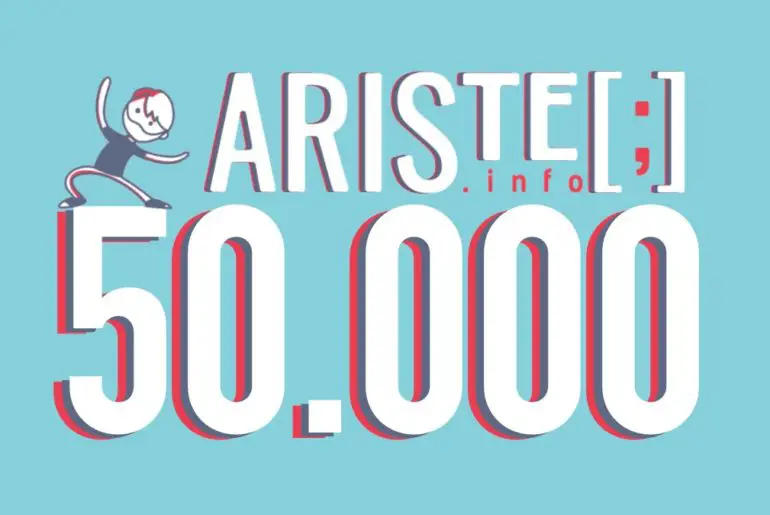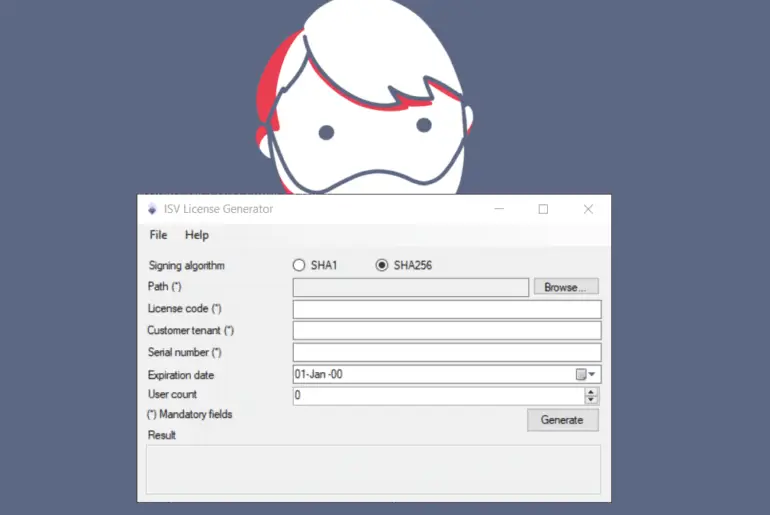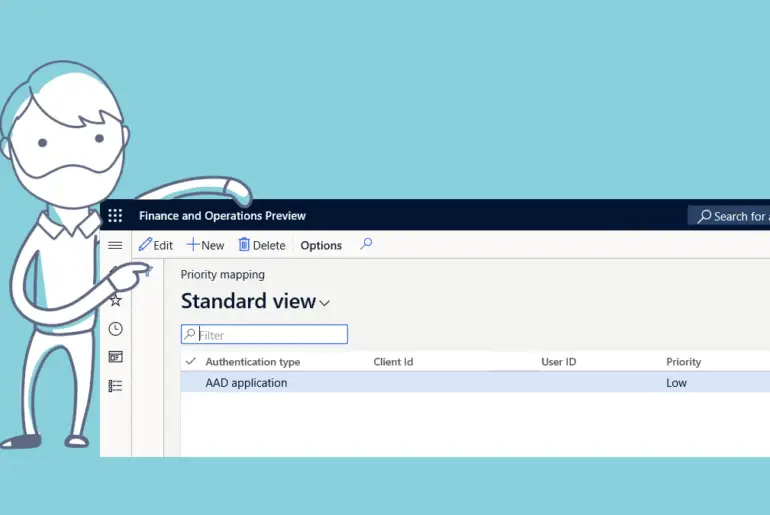We’re finally getting a throttling functionality for OData integrations!
It’s one of the most common requirements from a customer: the need to integrate Dynamics 365 with other systems. With the (back in the day) new AX7 we got a new way of integrating using the OData REST endpoint and the exposed Data Entities.
But integrations using the OData endpoints have low performance and for high-volume integrations, it’s better to use the Data management package REST API. A (not so) high volume usage of the OData REST API will translate into performance issues.
The throttling functionality is in preview starting version 10.0.13 which is currently in PEAP. It will be enforced starting April 2021. You can join the Data Management, Data Entities, OData, and Integrations Yammer group for more info. Remember you need to join the Insider Program for Dynamics 365 first to be able to access the Yammer group.
If you want to learn more about OData and throttling you can check these resources:









